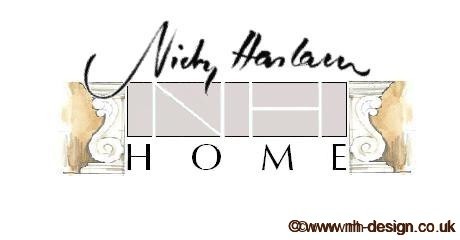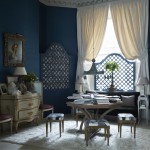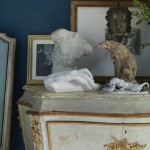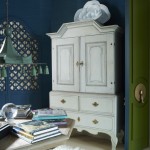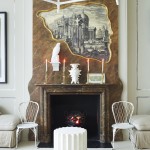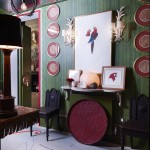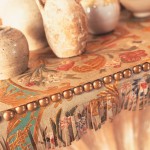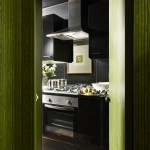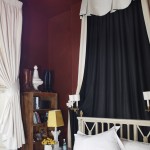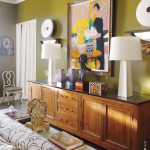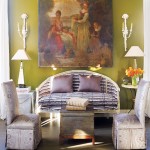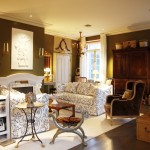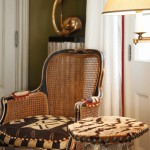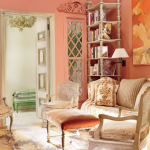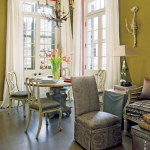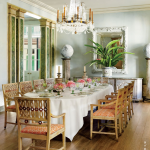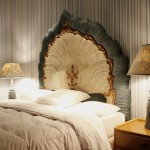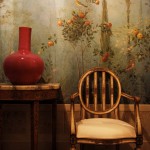For many years I have thought needlepoint and more specifically its finer baby brother petit point, the most relaxing and enjoyable pass-time. An especially good place to work at this more intricate version used to be on a longish day flight, as the clarity of that high air gives the best light, but now even those almost blunt needles are wrenched away from one at ‘Security’. But whether petit or gros, the point is to see one’s designs come alive by such an undemanding process, and spurs one on to fill in the ‘dull bits’, background etc with dogged determination, not to mention patience. And when the thing is completed, not only have you created a unique and personal gift, it’s the knowledge that it will give the recipient a special pride and pleasure. The following two pictures are examples of petit point I inherited from my parents. The dog is Victorian and the mat is Georgian.
My cousin Loelia, Duchess of Westminster was the most notable needle pointer of her day, she even used strands of her own dark hair to create shadows on her canvasses and was inordinately proud that the backs of them were as perfectly neat as the front.
I can’t pretend to be anything like as good as Old Lil, but I gamely follow in the footsteps of needlemen from William Morris and royal dukes to Kafe Fasset, whose patterns and designs are now famous the world over.
I recently worked a pair of petit point slippers for my great friend Bryan Ferry as a birthday present and had them made up by Fiona Dreesman of myslippers.co.uk who is preparing a book on needlepoint called The Gentlemans Slipper.
Bryan’s are a dark blue and silver-gilt thread version of a pair I worked for myself eons ago, red, and emblazoned rather showily with my family coat-of-arms in gold!
And in fact the first pieces I ever worked myself were slippers of pale blue with silver rococo tendrils inspired by my initial visit to the Amalienburg in Munich.
I also made the covering for a large footstool in the sitting room at the Hunting Lodge. It’s a trellis pattern with the silhouette of the house facade repeated round the border, and I’m somewhat ashamed to admit I resorted to ‘help’ in filling in the background colour.
There is a great charity called Fine Cell Work , an organisation that teaches prisoners to create cushions, rugs etc in needlepoint at which they are extraordinarily skilful. The charity asks leading designers to contribute patterns for inmates to make up, and mine is a slightly scaled-down version of Dragonfly, one of my carpet designs created for The Rug Company.
Also I see that the Stylebeat blog are mentioning needlepoint with wonderful ideas on how to design and make your own pieces. Whatever the scale and whatever the design, there is almost nothing so satisfying as pushing the needle into, and pulling the wool through, that last little square of bare canvass.

